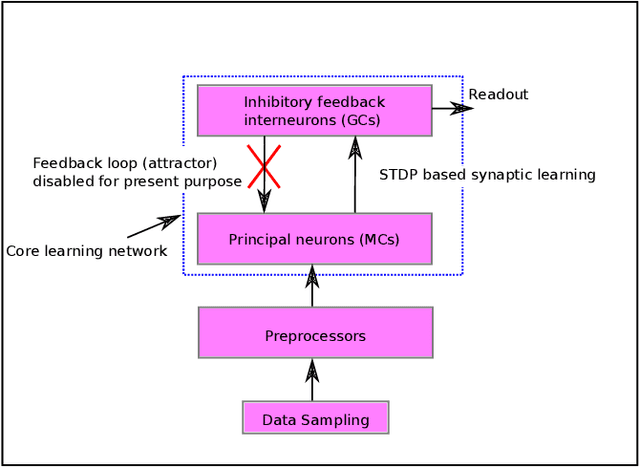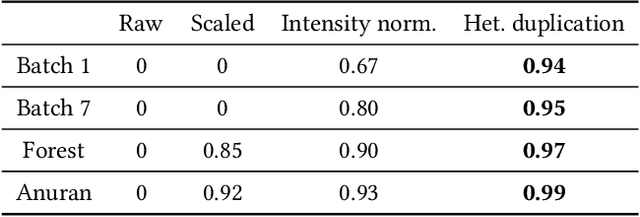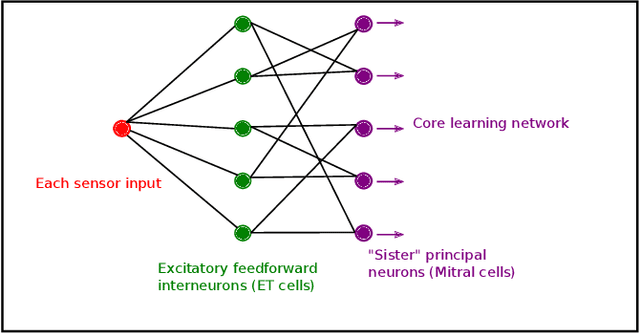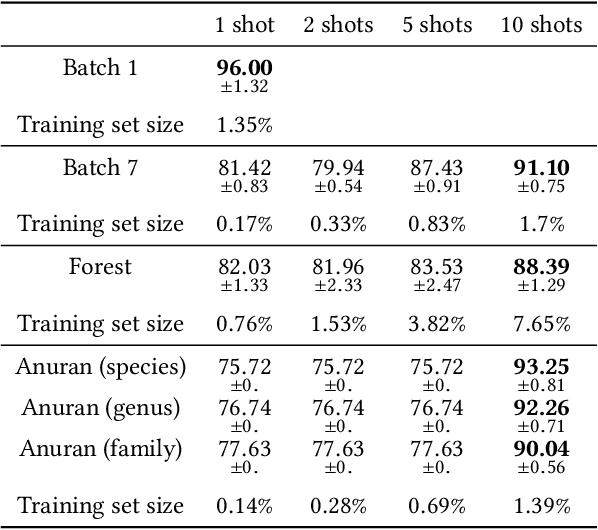Signal Conditioning for Learning in the Wild
Paper and Code
Jul 12, 2019



The mammalian olfactory system learns rapidly from very few examples, presented in unpredictable online sequences, and then recognizes these learned odors under conditions of substantial interference without exhibiting catastrophic forgetting. We have developed a brain-mimetic algorithm that replicates these properties, provided that sensory inputs adhere to a common statistical structure. However, in natural, unregulated environments, this constraint cannot be assured. We here present a series of signal conditioning steps, inspired by the mammalian olfactory system, that transform diverse sensory inputs into a regularized statistical structure to which the learning network can be tuned. This pre-processing enables a single instantiated network to be applied to widely diverse classification tasks and datasets - here including gas sensor data, remote sensing from spectral characteristics, and multi-label hierarchical identification of wild species - without adjusting network hyperparameters.
 Add to Chrome
Add to Chrome Add to Firefox
Add to Firefox Add to Edge
Add to Edge